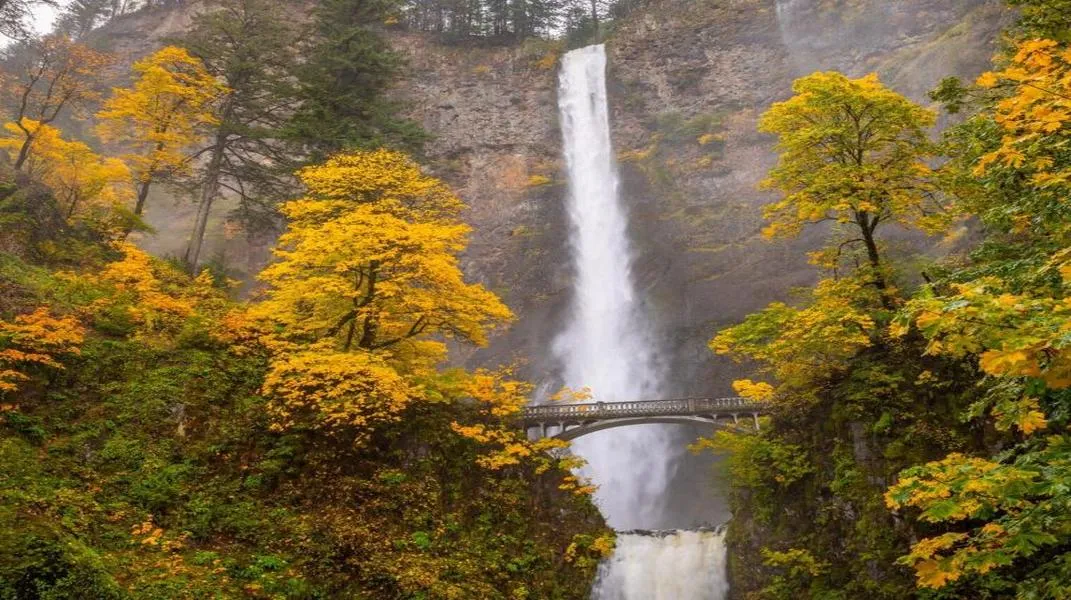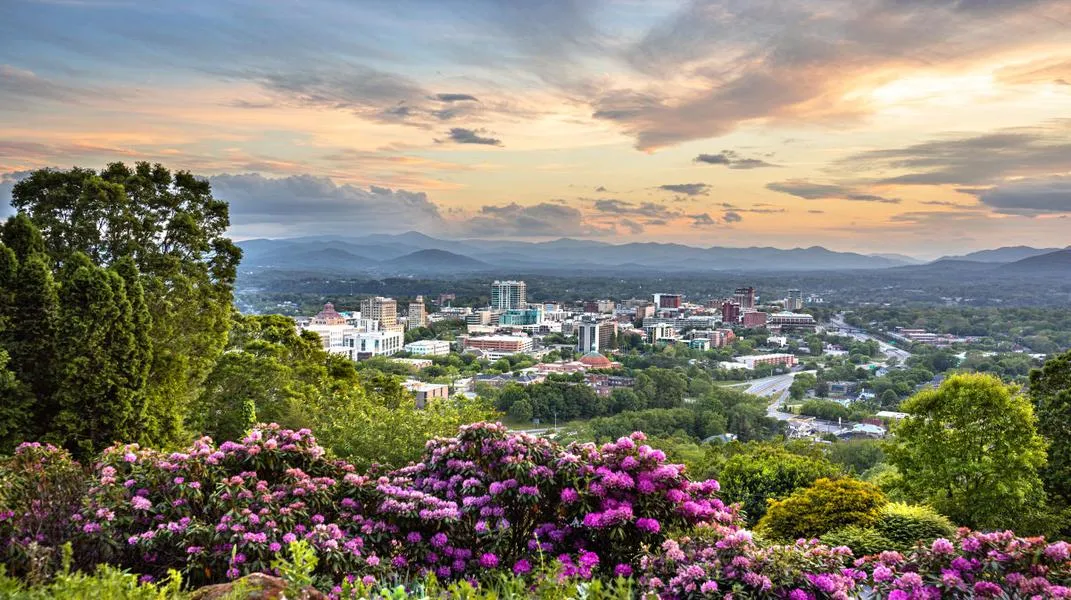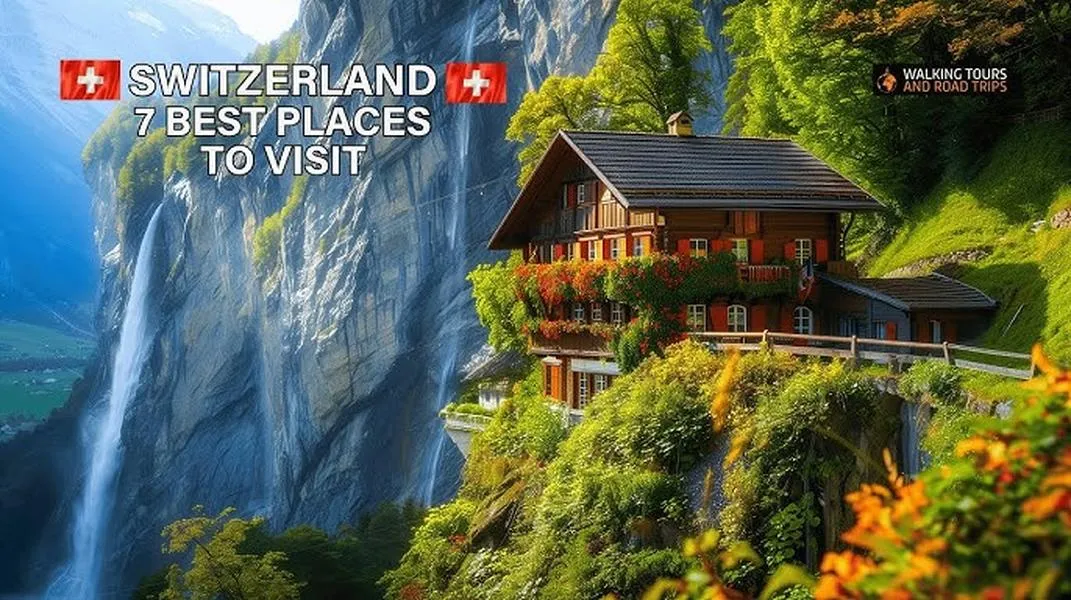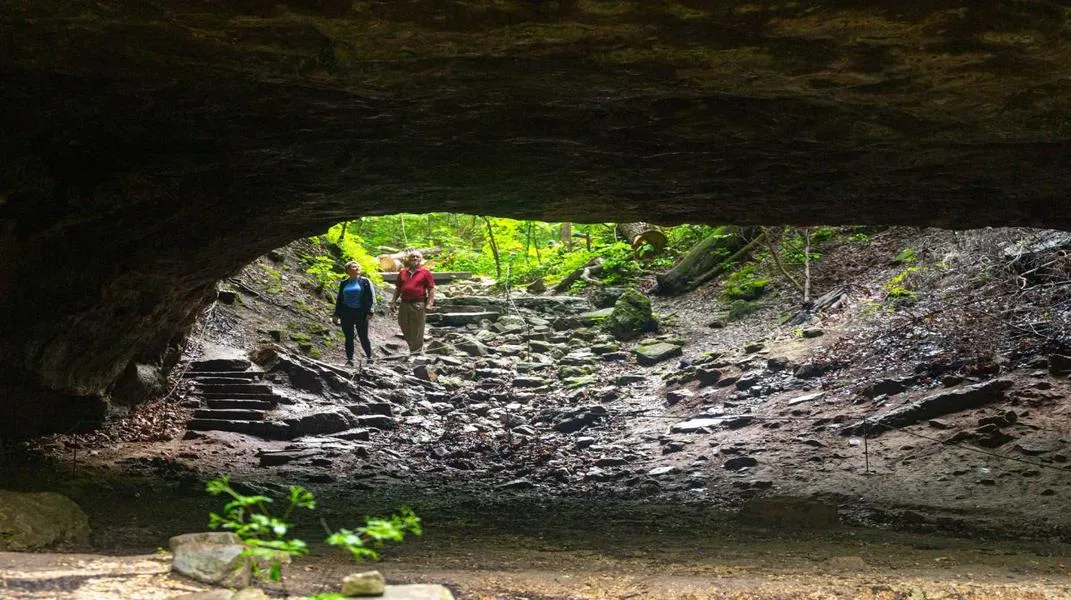Exploring the Columbia River Gorge National Scenic Area: A Traveler's Guide
Nestled between the states of Oregon and Washington, the Columbia River Gorge National Scenic Area stands as a testament to nature’s breathtaking artistry. This stunning destination, carved by glacial floods and the mighty Columbia River, attracts millions of visitors each year with its dramatic landscapes, diverse ecosystems, and a plethora of outdoor activities. In this article, we will delve into the wonders of the Columbia River Gorge, its attractions, activities, and essential materials to prepare for an unforgettable visit.

A Brief Overview of the Columbia River Gorge
The Columbia River Gorge is an 80-mile long canyon that runs along the Columbia River, which serves as the border between Oregon and Washington. Designated as a National Scenic Area in 1986, the Gorge is renowned for its spectacular views, towering cliffs, lush forests, and cascading waterfalls. The area is home to a rich variety of flora and fauna, with over 800 species of plants, numerous bird species, and a range of mammals.
The Gorge is not only a visual feast; it also has significant cultural and historical importance. The region has been inhabited for thousands of years by Native American tribes, and many archaeological sites can be found throughout the area. Today, the Columbia River Gorge serves as a recreational playground and a sanctuary for those seeking to reconnect with nature.
Key Attractions in the Columbia River Gorge
1. Multnomah Falls: No visit to the Columbia River Gorge is complete without a stop at Multnomah Falls, the most iconic waterfall in the region. Standing at 620 feet, it is the tallest waterfall in Oregon and features a picturesque two-tiered cascade. Visitors can walk along the paved path to Benson Bridge for a closer view of the falls, or embark on a more challenging hike to the top for breathtaking panoramic views.
2. Hood River: Known as the windsurfing capital of the world, Hood River is a charming town located along the Columbia River. It offers a lively atmosphere filled with boutique shops, restaurants, and breweries. Outdoor enthusiasts can enjoy windsurfing, kiteboarding, and hiking in the nearby mountains, while wine lovers can explore the scenic vineyards in the surrounding area.
3. Vista House: Perched atop Crown Point, Vista House provides one of the most stunning overlooks of the Gorge. Built in 1918, this historic observatory features beautiful art deco architecture and offers sweeping views of the river, cliffs, and the surrounding landscape. It’s an ideal spot for photography and reflection.
4. Angel's Rest: For those seeking adventure, the Angel's Rest trail offers a moderately strenuous hike with rewarding views at the summit. The 4.8-mile round-trip hike ascends through lush forests and rocky outcrops, culminating in stunning vistas of the Columbia River and the surrounding mountains.
5. Oneonta Gorge: Oneonta Gorge is a hidden gem known for its dramatic slot canyon and lush greenery. The hike through the gorge involves wading through a stream and navigating around large boulders, creating a unique and adventurous experience. The stunning scenery, including moss-covered walls and waterfalls, makes this a favorite among photographers.
6. Rowena Crest Viewpoint: This viewpoint offers one of the most iconic panoramas of the Columbia River Gorge, especially in the spring when wildflowers bloom. The winding road leading to the viewpoint provides stunning vistas, and the area is a popular spot for picnicking and photography.
7. The Historic Columbia River Highway: A scenic drive that weaves through the gorge, this historic highway offers access to many of the area’s attractions, including waterfalls, viewpoints, and hiking trails. Built in the early 20th century, the highway is a marvel of engineering and provides an opportunity to appreciate the natural beauty of the gorge from the comfort of your vehicle.
Preparing for Your Visit
To make the most of your trip to Columbia River Gorge National Scenic Area, proper preparation is key. Here’s a comprehensive list of materials and tips to ensure a successful visit.
1. Planning Your Itinerary: Research Attractions: Familiarize yourself with the various attractions and their accessibility. Determine which sites you want to prioritize based on your interests and available time. Check Weather Conditions: The weather in the gorge can change rapidly. Check forecasts to dress appropriately and plan for potential rain or sun.
2. Essential Gear: Clothing: Layered clothing is essential, as temperatures can fluctuate throughout the day. Bring a waterproof jacket, comfortable hiking shoes, and a hat. Backpack: A sturdy backpack is crucial for carrying your essentials such as water, snacks, and extra clothing layers. Water Bottle: Staying hydrated is vital, especially during hikes. A refillable water bottle is eco-friendly and convenient. Snacks: Pack energy-boosting snacks like trail mix, granola bars, or fruit to keep your energy levels up during hiking or exploring.
3. Navigation Tools: Maps and Guides: While many tourist attractions are well-marked, having a physical map or guidebook can help you navigate the area, especially in more remote sections. GPS Device or Smartphone: Ensure that your device has a reliable GPS app for real-time navigation, although be prepared for areas with limited cell service.
4. Safety Equipment: First Aid Kit: Accidents can happen, so it's wise to have a compact first aid kit with basic supplies. Sunscreen: Protect your skin from UV rays, especially if you plan to be outdoors for extended periods. Flashlight or Headlamp: If you plan to hike at dawn or dusk, a flashlight or headlamp is essential for visibility. Insect Repellent: Depending on the season, mosquitoes and other insects can be prevalent; a good bug spray can help keep them at bay.
5. Photography Gear: Camera: Whether you’re using a DSLR, mirrorless camera, or smartphone, bring a camera to capture the stunning landscapes. Tripod: If you plan to photograph waterfalls or low-light conditions, a tripod will help you achieve steady shots. Extra Batteries and Memory Cards: Ensure you have enough power and storage to capture all the beautiful moments.
6. Respecting Nature: Leave No Trace Principles: Familiarize yourself with the Leave No Trace principles to minimize your impact on the environment. Carry out all trash, stay on designated trails, and avoid disturbing wildlife. Wildfire Awareness: During the summer months, pay attention to fire restrictions and regulations, as the area can be prone to wildfires.
7. Local Resources: Visitor Centers: Stop by one of the many visitor centers in the area for maps, information, and recommendations from knowledgeable staff. Accommodations: If you plan to stay overnight, research lodging options in advance. From campgrounds to cozy cabins and hotels, there are plenty of options to suit different preferences and budgets.
Conclusion
The Columbia River Gorge National Scenic Area is a breathtaking destination that captivates visitors with its stunning landscapes and outdoor adventures. From the majestic Multnomah Falls to the charming town of Hood River, there’s something for everyone to enjoy. By preparing adequately and respecting the natural beauty of the area, you can ensure a memorable and enriching experience in one of America’s most beautiful national scenic areas. So pack your bags, gather your gear, and get ready to explore the wonders of the Columbia River Gorge!
Related Posts

Discovering Columbus, Ohio: A Comprehensive Guide to the Heart of the Buckeye State

Exploring Asheville, NC: A Guide to the Ultimate Tourist Experience

Exploring the Swiss Alps: A Comprehensive Guide to One of the World’s Most Iconic Tourist Attractions

